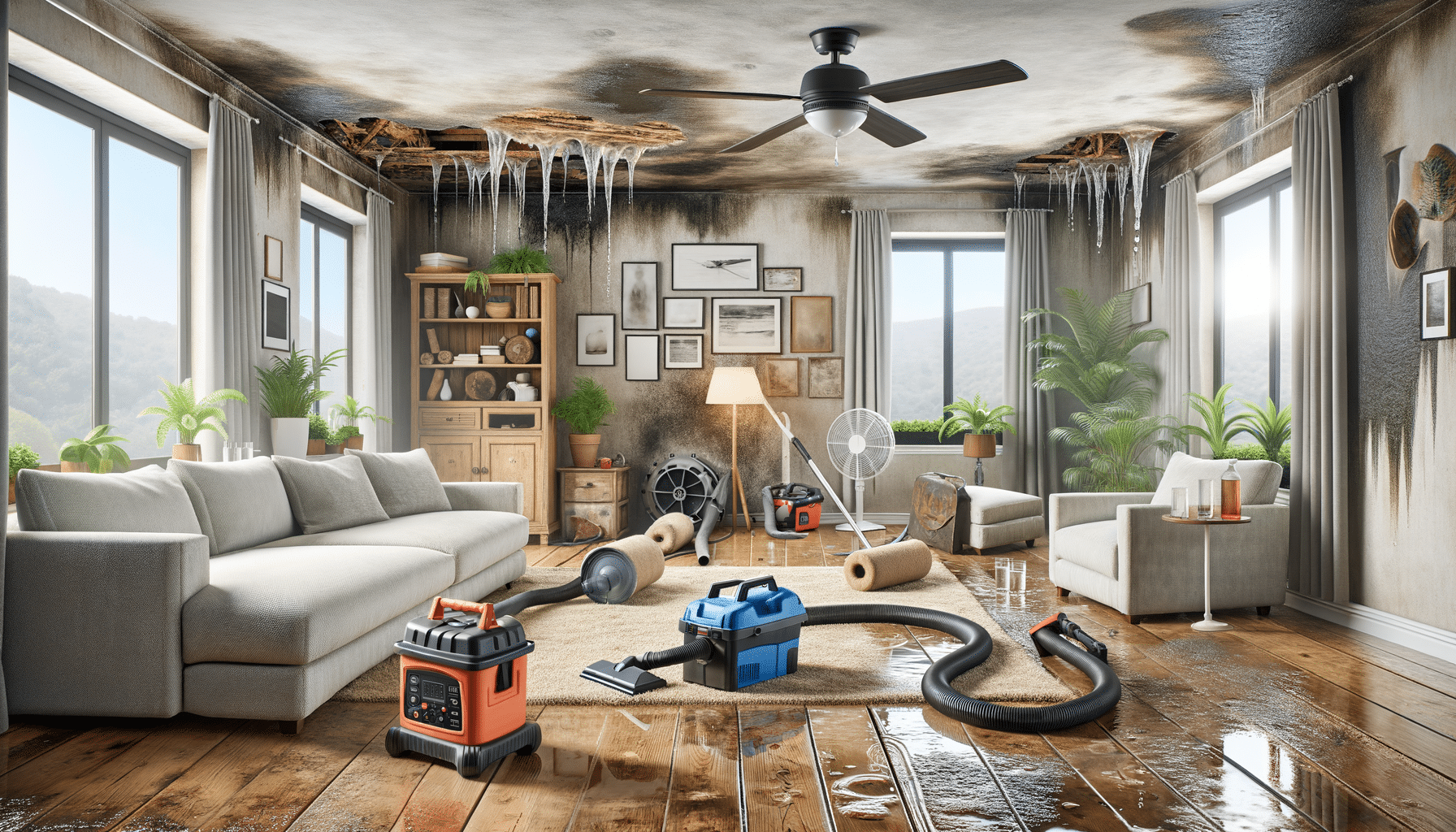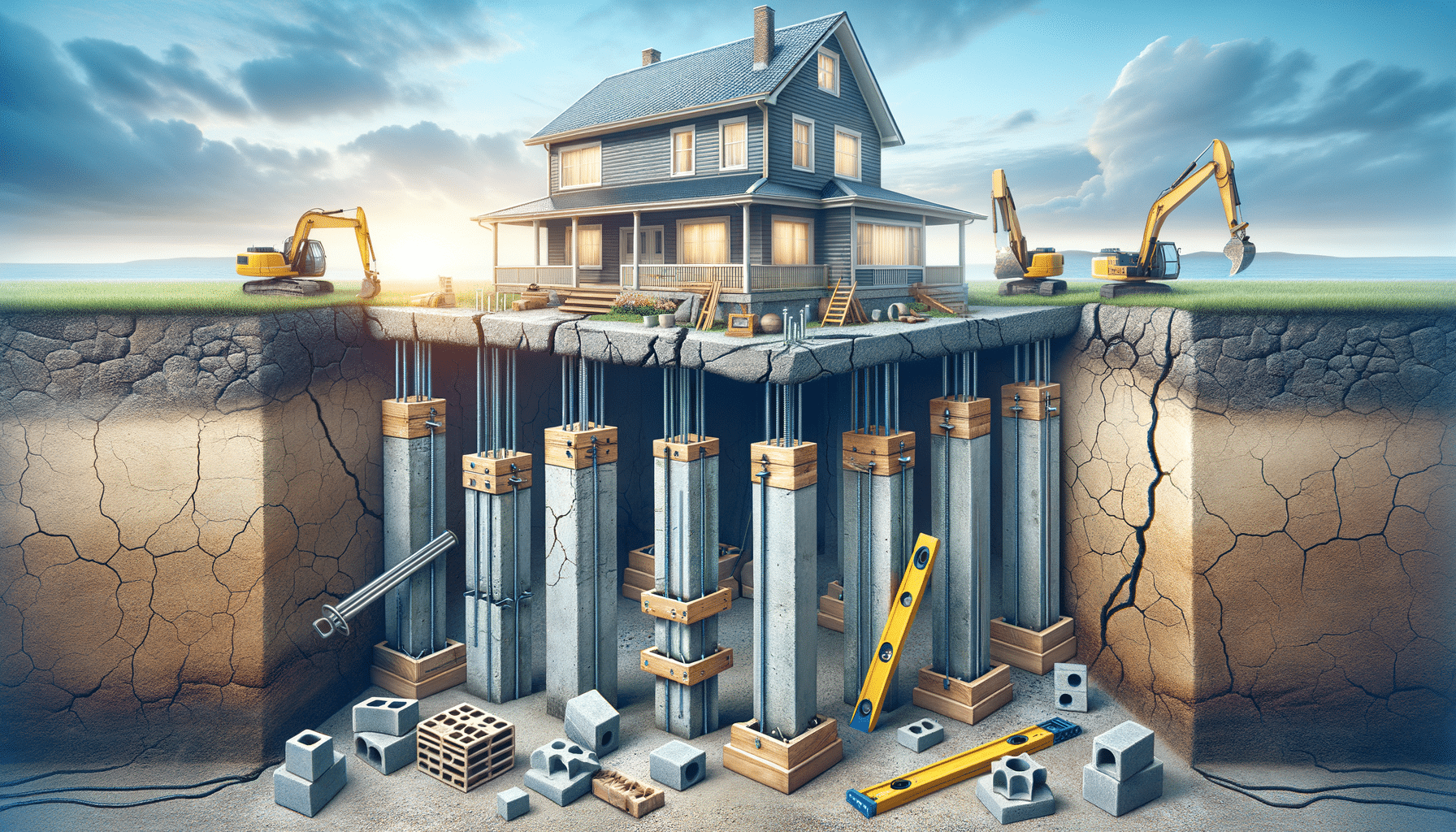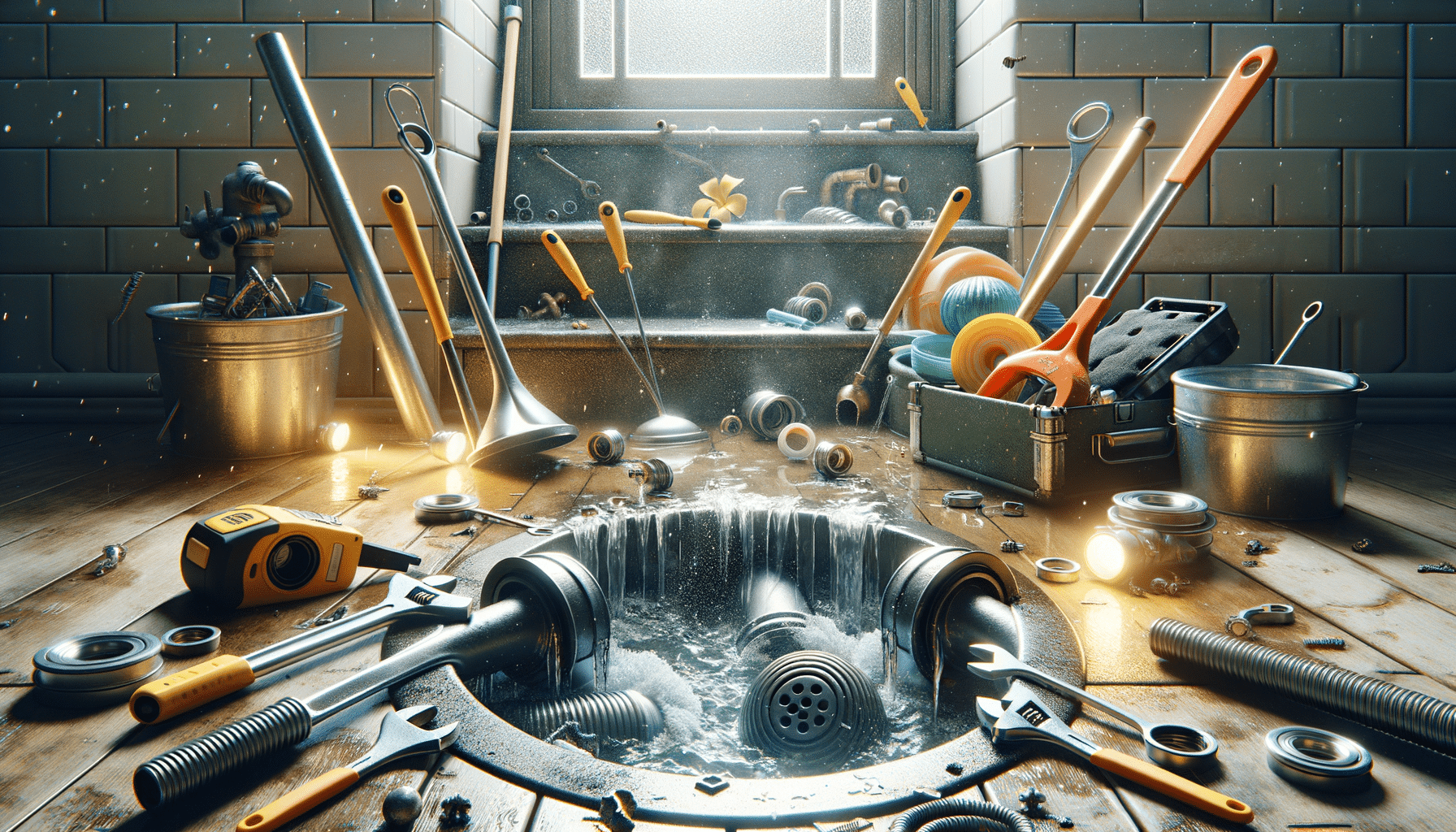
Water Damage And Emergency Restoration Services
Understanding Water Damage Restoration
Water damage restoration is a critical process that involves the cleanup, drying, and repair of properties affected by water intrusion. Whether it’s from a burst pipe, heavy rainfall, or flooding, water damage can lead to severe structural and health issues if not addressed promptly. The process begins with an assessment to determine the extent of the damage and the necessary steps to restore the property. Professionals use advanced equipment like moisture detectors, hygrometers, and infrared cameras to identify hidden moisture and ensure complete drying.
Restoration services often include water extraction, drying, dehumidification, cleaning, and sanitizing. The goal is to prevent further damage and mitigate health risks associated with mold and mildew growth. It’s essential to act quickly, as prolonged exposure to water can weaken structures, warp wood, and cause electrical hazards.
The Importance of Emergency Water Extraction Services
Emergency water extraction services are vital in minimizing the impact of water damage. These services are designed to rapidly remove standing water from affected areas to prevent further deterioration. Quick response is crucial, as stagnant water can lead to mold growth within 24 to 48 hours, posing significant health risks.
Professionals use industrial-grade pumps and vacuums to extract water efficiently. This immediate action reduces the risk of secondary damage, such as warped flooring and compromised structural integrity. Emergency services are available 24/7, ensuring that help is accessible whenever disaster strikes. Homeowners are encouraged to keep contact information for reliable service providers handy to ensure a swift response in emergencies.
Mold and Water Damage Cleanup
Mold thrives in damp environments, making water-damaged areas prime locations for growth. Mold and water damage cleanup is a meticulous process that involves identifying mold presence, containing the area to prevent spread, and thorough cleaning.
Professionals use specialized cleaning agents and equipment to remove mold safely. It’s crucial to address mold issues promptly, as prolonged exposure can lead to respiratory problems and other health concerns. During the cleanup, technicians often wear protective gear to avoid inhaling spores and ensure safety. The cleanup process also includes drying the area thoroughly to prevent future mold infestations.
What to Expect During Emergency Visits
During an emergency visit, restoration teams conduct a comprehensive assessment of the damage. They evaluate the extent of water intrusion, identify affected areas, and develop a tailored restoration plan. The team will communicate their findings and proposed actions to the property owner, ensuring transparency throughout the process.
Homeowners can expect the use of advanced equipment for water extraction and drying. Technicians will monitor the drying process regularly to ensure complete moisture removal. The team will also address any safety concerns, such as electrical hazards, and provide recommendations for necessary repairs.
Finding Licensed Restoration Teams and Insurance Involvement
Choosing a licensed and experienced restoration team is crucial for effective water damage restoration. Homeowners should look for companies with certifications from recognized industry organizations, ensuring they adhere to high standards of practice.
Insurance can play a significant role in covering restoration costs. Homeowners are advised to review their policies to understand the extent of coverage for water damage. It’s essential to document the damage with photos and detailed descriptions to support insurance claims. Restoration companies often assist with the claims process, providing necessary documentation and working with insurance adjusters to facilitate a smooth experience.


